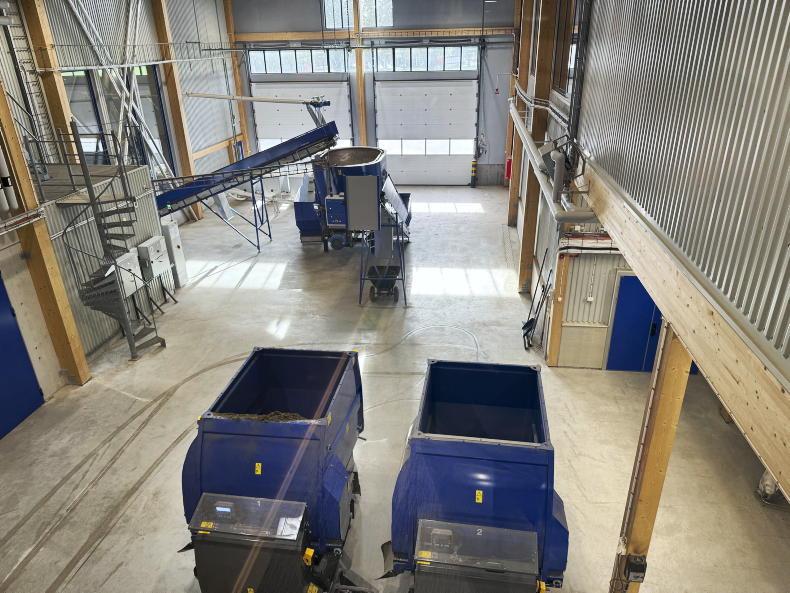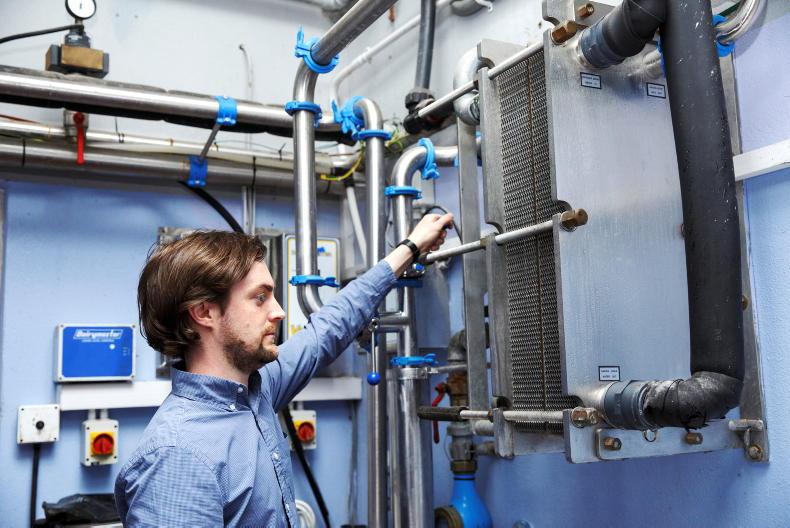Feedback on the Department of Agriculture’s 10-year plan to reduce agriculture’s emissions has suggested more focus is needed on cutting nitrogen (N) use rather than rolling out alternatives.
'Ag-Climatise' sets out how the industry can go about cutting emissions by 10% to 15% by 2030. It was published in late 2019 and the Department received some 400 survey responses and 100 written submissions on its contents.
The Department is working through them, but John Muldowney from its climate change policy division gave an outline of the feedback during a Teagasc online lecture.
Nutrients and soils
Almost all agreed that soil fertility and nutrient efficiency were important. However, it was felt there was too much emphasis being placed on protected urea and not on the reduction of N use.
Better use of nutrient management planning was identified as a key step in that process.
On soils, Muldowney stressed several times that targeting reduced management intensity on peaty soils had to be a priority. This could be achieved through intensification or higher water tables.
Ireland has approximately 300,000ha of carbon rich soils. However, if drained and farmed intensively, they release a large amount of carbon. The plan wants 40,000ha under reduced intensity.
Muldowney explained that this was an average annual figure for the next 10 years and the slower Ireland began implementation, the greater the area required.
Targets
That point extended to the plan as a whole. In total, agriculture is expected to reduce its annual emissions to between 17.5Mt and 19Mt from 20Mt.
However, it will be required to deliver cumulative reductions of between 16.5Mt and 18.5Mt in those 10 years.
Slower progress in any one year will require a step up in action the next.
Gaps in data could also be an issue on the administrative side. For example, there may be areas of carbon-rich soils under reduced management intensity through the low input permanent pasture (LIPP) measure of GLAS, Muldowney said. However, this was not currently quantified.
Challenges
Other challenges identified in the feedback were the requirement for tillage farmers to incorporate manure within 12 hours, a greater take-up of grassland measurement and a blueprint for near or zero N usage.
On the final point, Muldowney said often the focus was on farmers who were striving for maximum output, when, in reality, there was a large cohort of lowly stocked farmers. He said there needed to be specific actions for them also.










SHARING OPTIONS